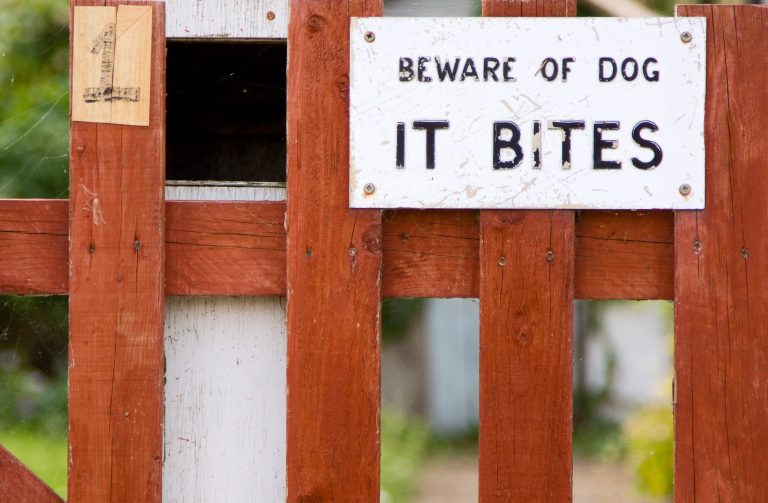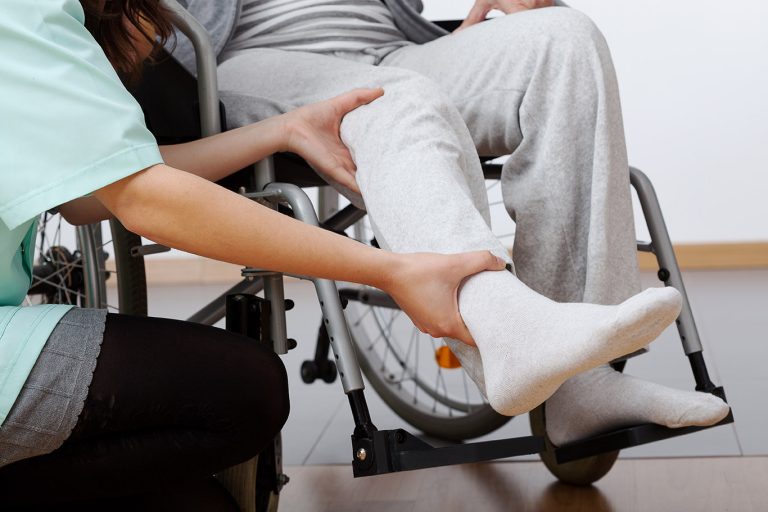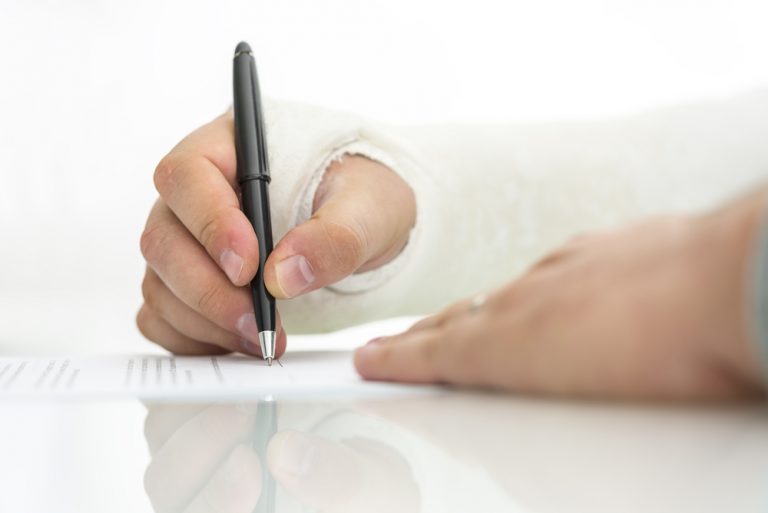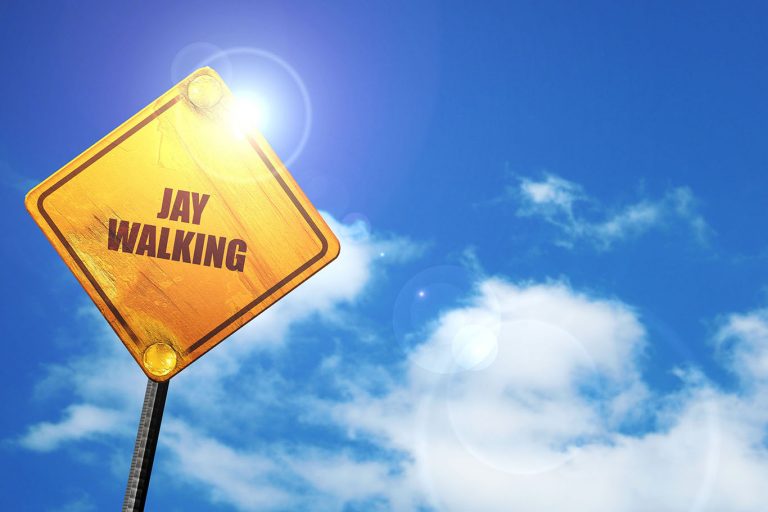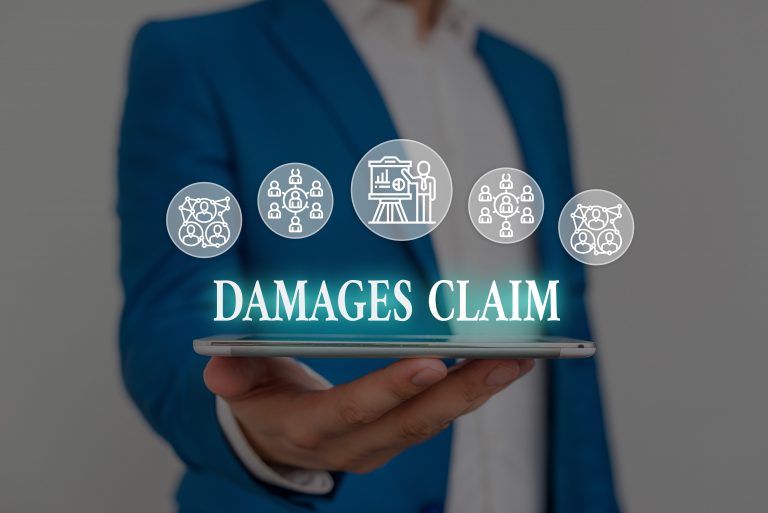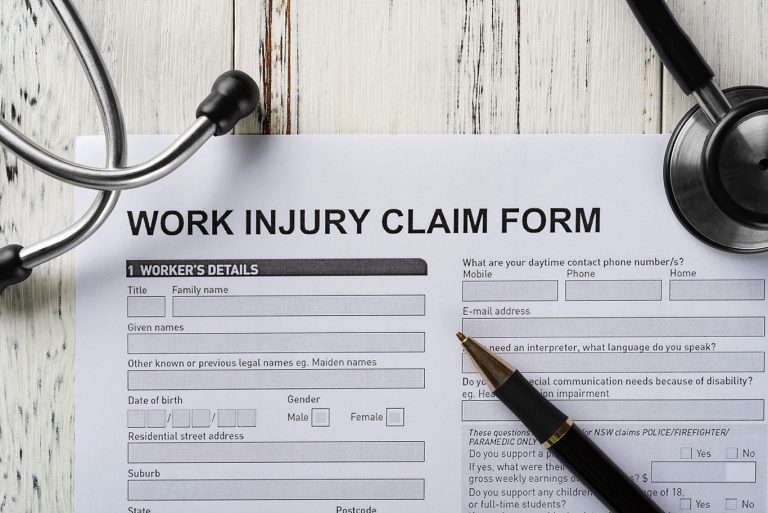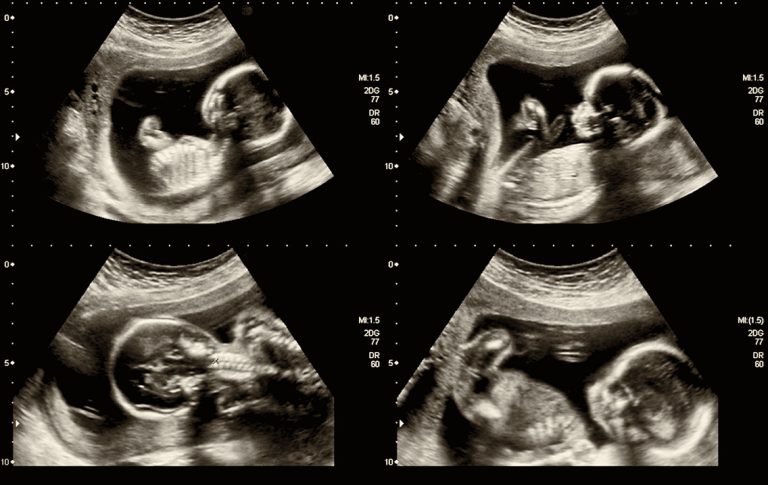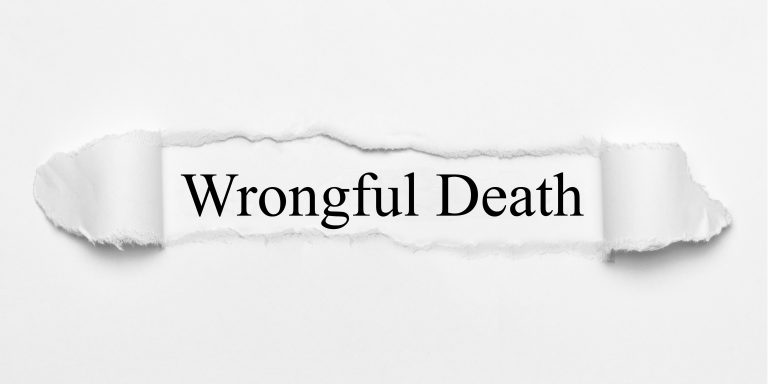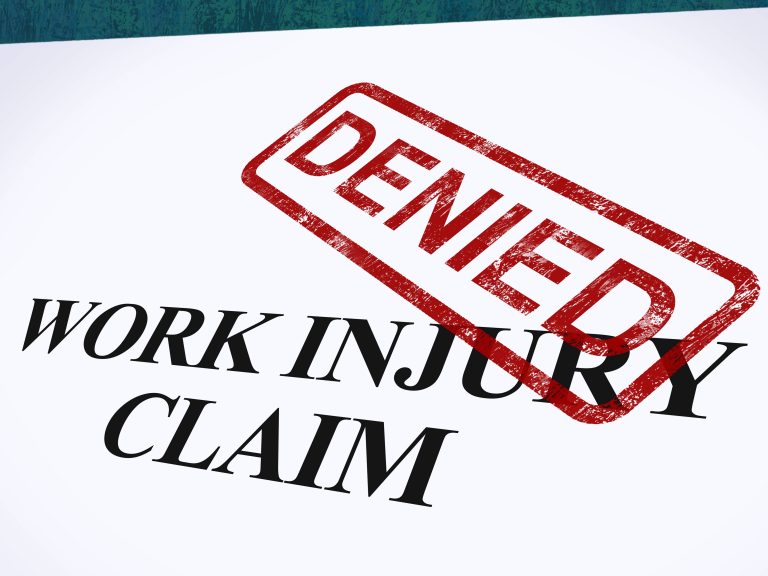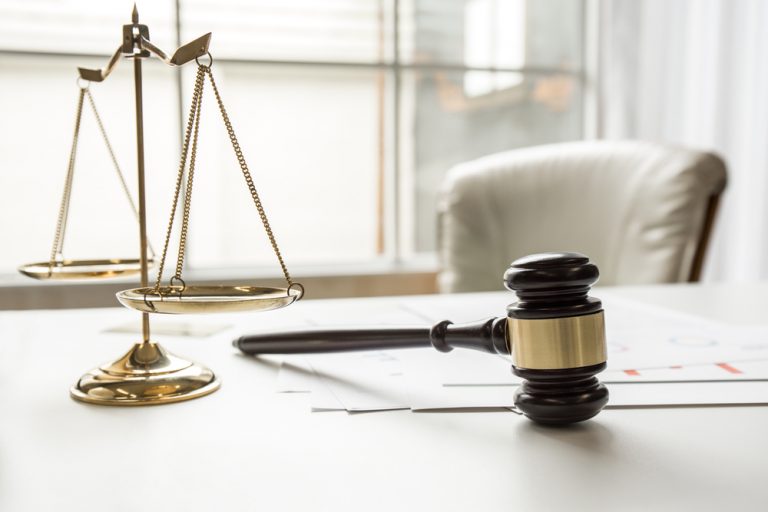Understanding the legal process can feel overwhelming, but cases typically follow a clear set of steps. From the moment an injury or property loss occurs through trial or final payment, each phase plays a key role in how your case unfolds. Explore the steps below and learn what to expect at each point along the way.
Step 1: Incident & Initial Response
Immediately after an incident, the focus is on health, safety, and documentation. Injured parties may seek medical attention, report the event, gather contact information, and take photos if possible. These early actions can significantly impact the strength of a potential claim and are often the foundation for what comes next.Step 2: Pre-Claim Investigation
Before a formal claim is filed, the injured party or their representative evaluates the strength of the case. This includes gathering evidence, understanding key legal terms, reviewing relevant laws, and deciding whether to move forward. It’s a critical stage that shapes how the rest of the process may unfold.Step 3: Filing the Claim
Once someone decides to pursue a case, the next step is formally filing a claim. This involves selecting the right jurisdiction, identifying the responsible party, and meeting required deadlines. Filing correctly and on time is essential to move the legal process forward and preserve the right to recover damages.Step 4: Discovery & Case-Building
During discovery, both sides gather and exchange evidence. This phase may include depositions, expert input, and document requests. It’s also when attorneys refine legal strategies, clarify obligations, and address any complications that emerge mid-case. Discovery plays a crucial role in building a strong argument for trial or settlement.Step 5: Motions & Settlement Talks
After evidence is exchanged, parties may file motions to narrow the issues or seek dismissal. Settlement negotiations also intensify during this phase. Whether pushing toward resolution or preparing for trial, this stage often determines how much of the case remains contested and how long the process may continue.Step 6: Mediation or ADR
Before trial, many jurisdictions require mediation or some form of alternative dispute resolution (ADR). These proceedings aim to resolve the case without a court ruling. Participation may be voluntary or mandatory, and outcomes vary widely, but this step can lead to quicker, less costly resolutions than going to trial.Step 7: Trial
If mediation or negotiations don’t succeed, the case moves to trial. This step involves presenting evidence, questioning witnesses, and arguing before a judge or jury. Trial outcomes can be unpredictable, but preparation and a clear legal strategy are key to helping injured parties pursue a fair resolution.Step 8: Judgment or Settlement Payment
When a case concludes, through trial or settlement, compensation is either awarded or agreed upon. This step covers how funds are paid, what delays might occur, and how non-economic damages like pain and suffering are calculated. It also involves finalizing paperwork and ensuring the terms are legally enforceable.Didn’t Find What You Need?
Still have questions about how the legal process works? We’ve got you covered. Explore our other pages for answers on everything from personal injury claims to property damage disputes. Or reach out directly—our team is ready to help you understand your rights and what happens next.





